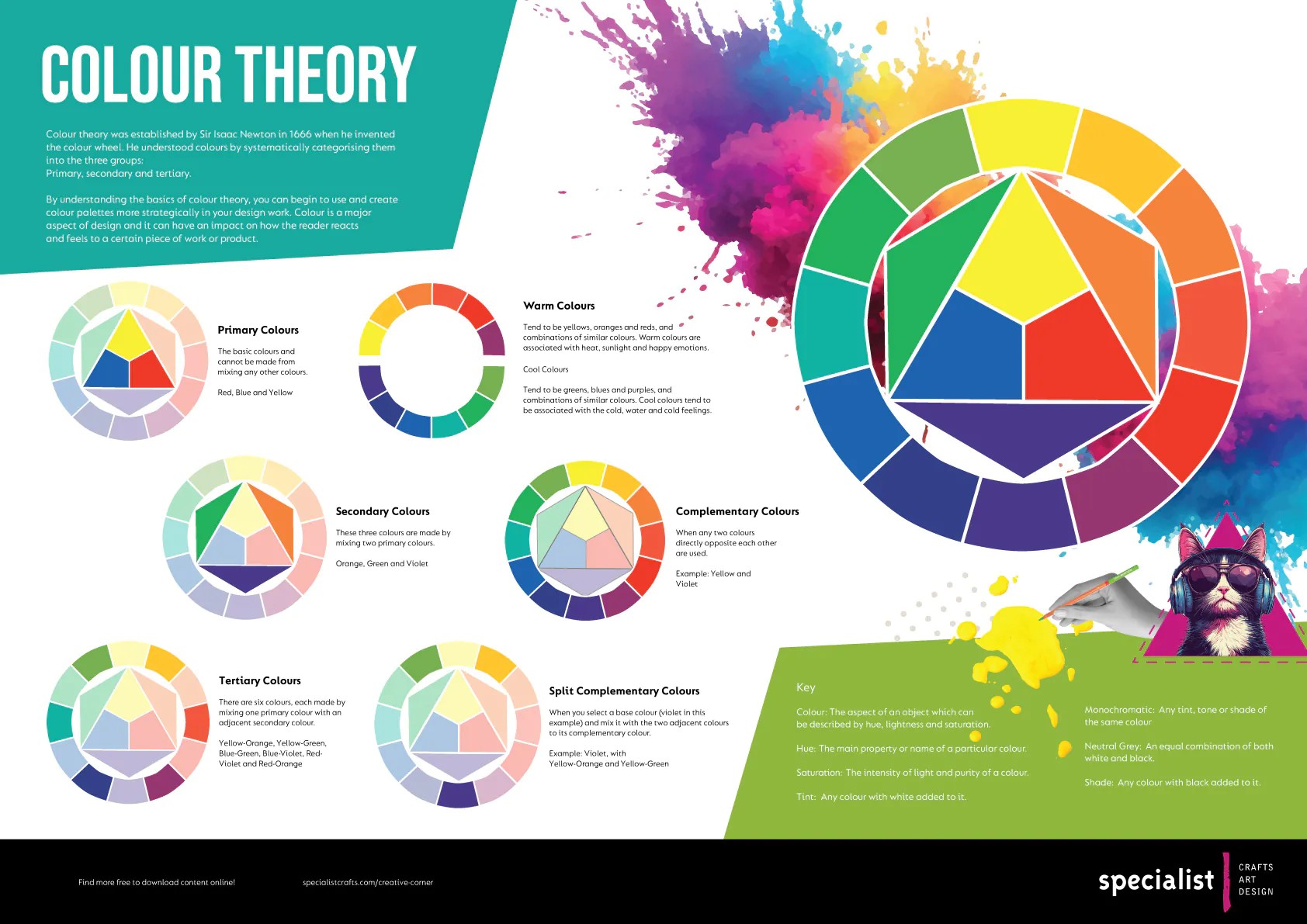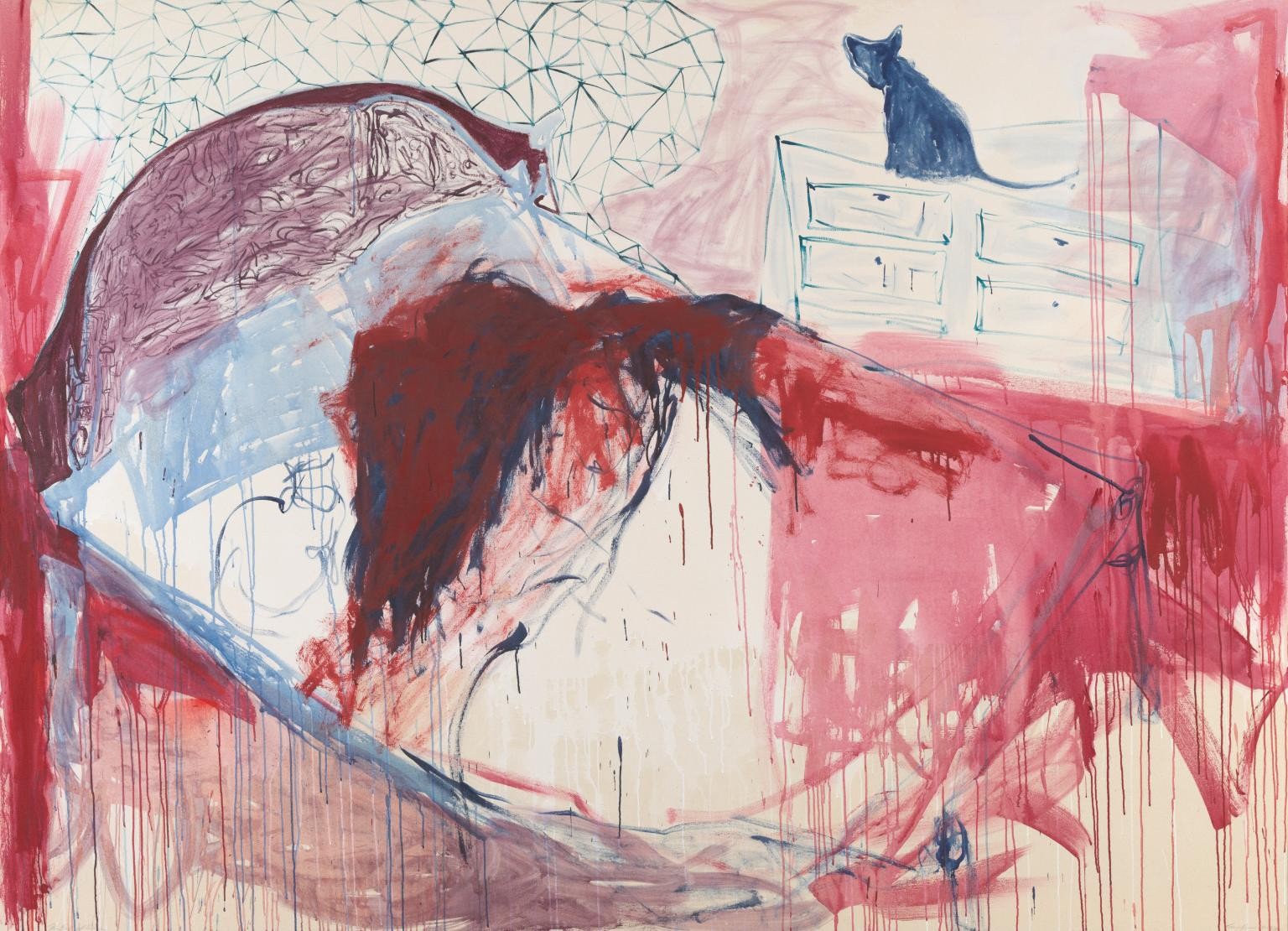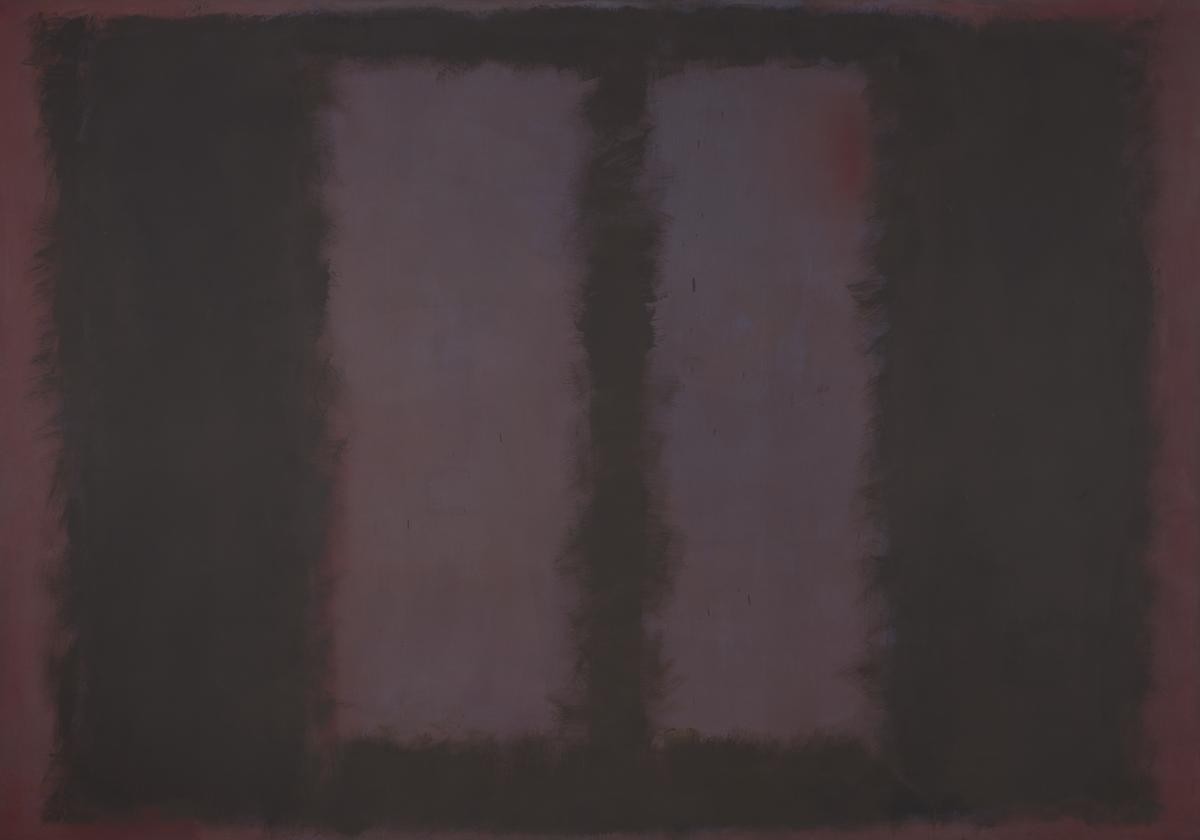The home of Specialist Crafts, supplying Irish classrooms for over 20 years ![]()
Checkout using your account
This form is protected by reCAPTCHA - the Google Privacy Policy and Terms of Service apply.
Checkout as a new customer
Creating an account has many benefits:
- See order and shipping status
- Track order history
- Check out faster
Teaching Colour Intentionally: Moving Beyond the Wheel

Most students meet colour in art through the wheel. They learn their primaries, secondaries, complementaries and it’s a useful tool, but a blunt one. Colour in the classroom too often becomes a set of formulas rather than a vehicle for expression. For students who live in a world saturated with digital colour palettes, teaching colour intentionally means moving beyond the wheel and into the territory where colour becomes psychological, emotional, and personal.


Acrylic paint is uniquely suited to this kind of teaching. Its quick-drying nature, versatility and vibrancy allow for experiments that can move from technical to conceptual in a single lesson. A Year 9 group can explore subtle glazing to evoke atmosphere, while A level students can build textured impasto surfaces to convey tension. The medium flexes with the level of enquiry.
Intentional colour teaching is about asking students not just what they see, but how it makes them feel, and why the artist made those choices. Rothko’s colour fields, for example, aren’t about harmony on a wheel; they are about resonance, immersion, and mood. Likewise, Tracey Emin’s gestural brushwork in pinks and greys speaks as much about vulnerability and honesty as it does about hue. These are the kinds of examples that show pupils how colour can function as language.


Layering for Atmosphere
One of the simplest ways to move beyond the wheel is to experiment with acrylic layering. Because the paint dries quickly, students can build translucent washes over one another, shifting the atmosphere of a piece with each glaze.
- A cool underpainting can cast a portrait in melancholy.
- A warm glaze can turn the same image into something hopeful.
This shows students that colour is never fixed; it is responsive, relational, and alive.
Mixed-Media Conversations
Acrylic is also a generous collaborator. It sits happily alongside oil pastel, charcoal, collage, or ink, making it a perfect medium for encouraging experimentation.
By combining materials, students begin to see colour not as an isolated element but as part of a broader dialogue within their work. A bold acrylic ground can support expressive pastel marks; a wash of ink can disturb or enrich a painted surface.
Colour as Emotion
Moving beyond the wheel is ultimately about moving into emotion. When students ask: “What does this colour feel like?” rather than “Which colour balances that one?”, they begin to make art that communicates.
- Rothko’s canvases aren’t about neat complements; they are about immersion and resonance.
- Emin’s use of pinks and greys carries vulnerability and honesty.
Encouraging students to connect their own choices to these examples helps them see that colour is a language, one with dialects of mood, culture, and identity.


Why It Matters
Teaching colour intentionally isn’t just an artistic endeavour, it’s a powerful tool for wellbeing. A major UK report, Creativity for Health and Wellbeing in the Education System by the National Centre for Creative Health, highlights how engaging young people in arts activities supports emotional competence, self-confidence, stress relief, and a stronger sense of belonging theguardian.com+7ncch.org.uk+7thetimes.co.uk+7ncch.org.uk+2ncch.org.uk+2.
When you ask students questions like “what does sadness look like in colour?” or “how does layering change the mood?” you’re not just guiding a painting technique. You’re helping them explore and name their emotions through a sensory, embodied practice. That kind of creative self-reflection isn’t ancillary, it’s central to emotional literacy and resilience.
Scale and Confidence
One of the most effective ways to shift how students use colour is to change the scale they’re working on. Small sketchbooks often make them cautious, but give them space, whether that’s a stretched canvas or roll of paper, and they start to use colour with more confidence.
Large surfaces encourage bolder choices: sweeping brushstrokes, layering that can’t be tentative, and palettes that demand to be seen across the room. For students, working bigger often means thinking bigger.
Final Thought
By moving beyond the wheel, teachers can show students that colour is never neutral. It can soothe or agitate, conceal or reveal. It can be psychological, cultural, or personal. And when students realise that every colour choice is an act of intention, they stop simply learning about colour and begin to use it as artists.
Resources to support intentional colour teaching:
- Specialist Crafts Acrylic Paints - https://www.specialistcrafts.co.uk/x-range
- Brushes - https://www.specialistcrafts.co.uk/catalogsearch/result/?q=Brush
- Canvas - https://www.specialistcrafts.co.uk/catalogsearch/result/?q=Canvas








